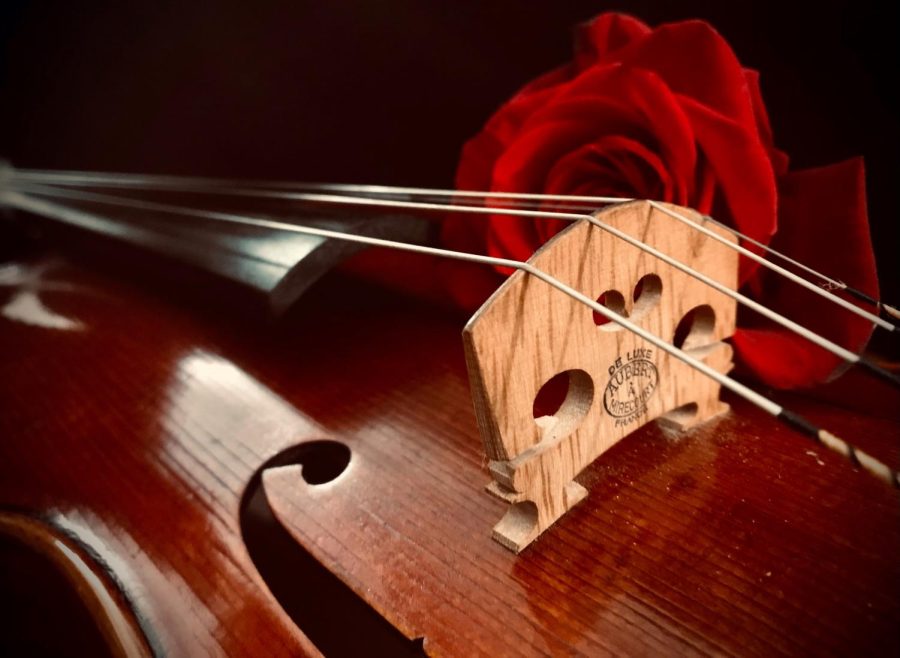Yu’s Reviews: Unmasking the Novel that Inspired an Iconic Musical
Many of us have heard of, or even seen, the Phantom of the Opera musical. However, it is likely that very few of us have read the original novel that inspired the famous musical. First published in 1909 by French author Gaston Leroux, the novel rather familiarly tells of the tragic “love” of Erik, the self-proclaimed phantom who lives in the Paris Garnier opera house, for the rising young singer Christine Daae.
A young singer in the highly competitive opera world, Christine was inspired by her later father to pursue music. Her father had promised that an “angel of music” would come and teach her the greatest secrets of music. At the same time, it is rumored that the Paris Garnier is haunted by a foreboding phantom, who will not spare those who get in the way of his whims, and this is investigated by Christine’s childhood friend, Raoul de Chagny. Christine is eventually convinced that she has her angel when a disembodied voice speaks to her nightly in her dressing room, teaching her the secrets of music, but eventually, it is revealed that this “angel” was the “phantom” of the opera house all along; albeit the fact that he is not a phantom, but a vengeful outcast named Erik. Christine must choose between Erik or Raoul— ultimately, between pity or true love.
The way that the novel is set in a real-life, historical Paris Opera house, as well as Leroux’s many allusions to events contemporary to the story help to immerse the reader a lot more than had it just been any unnamed time and setting. There is something very timeless about the plot of the Phantom of the Opera, but the fact that the story is specifically set in a concrete era and location serves to make it so much more iconic and recognizable. It is reminiscent of an older fairy tale, but with more “modern,” familiar elements that result from it occurring in the early 20th century.
Erik’s character arc is also very intriguing, and no matter how heinous his actions may have been, the reader cannot help but feel bad for the way he turned out as a result of his backstory. He was turned away from society solely as a result of something he had no control over (his facial deformity) and despite his talents in so many fields, he lived and suffered entirely on his own. Yet, if he had not been so isolated, perhaps he would not have been able to reach the intellectual heights that he did. Finally, although his actions are by no means excusable, his desire to be loved and accepted shines so strongly in his attempts to have Christine be with him, and he still ultimately allows her her freedom— perhaps he realizes that could be his greatest point of redemption.
One of the largest changes to the plot between the musical and the novel is the exclusion of the character known only as “the Persian,” or Daroga (police chief). Having known Erik when he was younger, Daroga uses his knowledge of Erik’s mechanisms and tricks to help Christine and Raoul escape the opera house tunnels.The exclusion of Daroga in the musical is interesting. It is likely that the creator of the musical saw the character as getting in the way of showing Raoul’s bravery or devotion towards Christine; in the novel he sometimes is just as helpless as the young lady he means to save. However, the fact that Daroga is only ever referred to as his ethnicity or job title in the original novel reflects some harmful beliefs of the era. Though it could be argued that his lack of name shows the mysteriousness of his past and identity, it more so reflects orientalist attitudes towards the Middle and Far East, although he himself is not portrayed in a negative light. Daroga’s home country is portrayed as exotic, cruel, and ruthless, and the main reason that Erik was even there during his youth was because he built torture chambers for a royal court. Although the plot of the novel is certainly interesting and thought-provoking, it is unfortunate that not many people have pointed out the less-than-ideal stereotypes that drive the plot forward.
However, overall, this novel is extremely memorable. Even after exactly a year of finishing it, it is simply too iconic of a story to not review. The tragedy of Erik’s condition coupled with his obsessive approach to life is reminiscent of a gothic character in the same vein as Frankenstein’s monster or Dr. Jekyll, and Christine’s (and his) connections through music stand out wonderfully.
